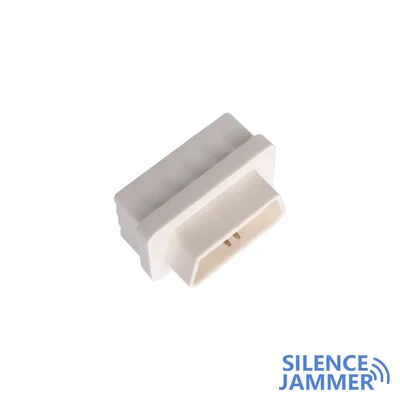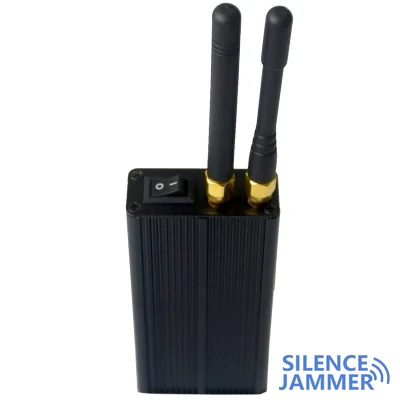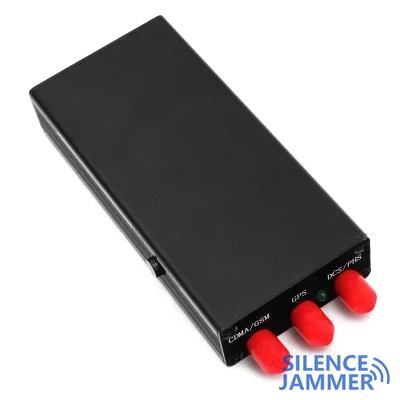US companies test new technologies to help Ukraine fight Russian electronic warfare
Russia's electronic warfare capabilities in the Russian-Ukrainian war are very strong, often using signal jammers and GPS spoofing to weaken Ukrainian army drones and other equipment. Ukraine has limited financial resources and cannot equip high-end software-defined radio (SDR) equipment on a large scale like the United States to detect sources of interference, so they urgently need a cheaper and more effective countermeasure.
To meet this challenge, an American company called Zephr is testing a new solution for Ukraine. Zephr specializes in how to enhance equipment to deal with GPS signal jammers. The newly developed technology can detect and locate devices that interfere with GPS signals by networking ordinary smartphones into a large distributed antenna network. This method is cheap and easy to deploy, especially for the Ukrainian army with limited budgets.

Mobile phones turned into anti-jamming tools
- After receiving the request, Zephr acted quickly and sent six Android Pixel phones with special software installed to Ukraine. In April this year, these phones were field tested near the Donetsk front line in Ukraine. The main goal of the test was to verify whether ordinary consumer phones can work together in the network to detect interference with GPS signals.
- Gorman and his team installed these phones on drones, in vehicles and on fixed mounts, and conducted controlled experiments, including using their own gps tracker jammers to verify the detection effect of the phones. By comparing the GPS signal data received by multiple phones, the team found that when some phones were attacked, the presence of interference signals could be clearly detected.
- Gorman explained: "We are actually using the sensors on the phone, especially the global navigation satellite system (GNSS) measurement data, such as automatic gain control, Doppler effect, carrier phase and code phase." This data is originally collected by the phone to optimize performance, with the aim of helping the phone better connect to the nearest signal tower or satellite. But by collecting data from multiple phones, the source of interference can be further discovered.
- This approach does not rely solely on expensive antennas or high-end equipment, but rather builds a distributed "virtual antenna array" through the collaboration of ordinary mobile phones. "We use AI and sophisticated signal processing techniques to turn these ordinary mobile phones into a large distributed antenna network," Gorman said.
Future prospects
Currently, Zephr has signed a cooperation agreement with the Ukrainian government and plans to further expand this technology. Not only to detect gps tracker jammer, but also to determine the location of the jamming source through triangulation, thereby providing the Ukrainian army with more precise countermeasures. This research is not only helpful on the battlefield, but may even change the technical standards of mobile network operators in the future, making their equipment more resistant to jamming.
In addition, Zephr is developing a new technology combined with 3D radar, which is expected to be able to locate the source of jamming more accurately. This technology will provide the Ukrainian army with more effective tools to help them regain battlefield advantages in the face of Russian electronic warfare.
In summary, the innovative practice of mobile networking as an anti-jammer not only brings new hope to Ukraine in a complex battlefield environment, but also provides a potential solution for the anti-jammer device protection of global networks and equipment in the future.






